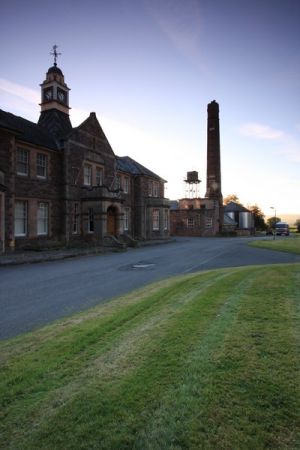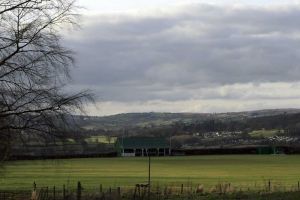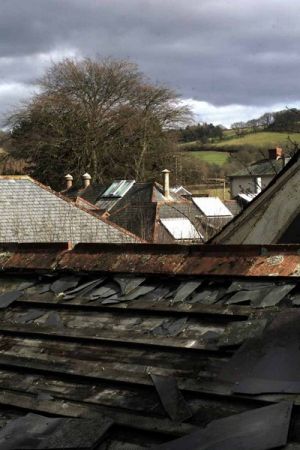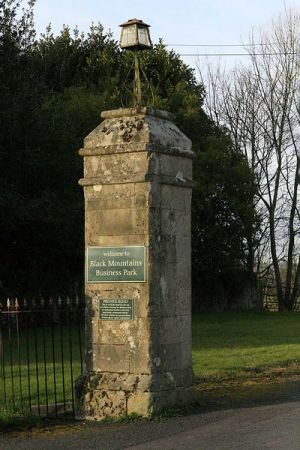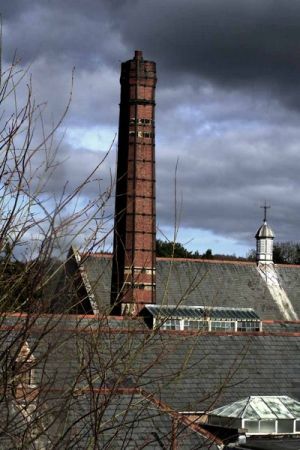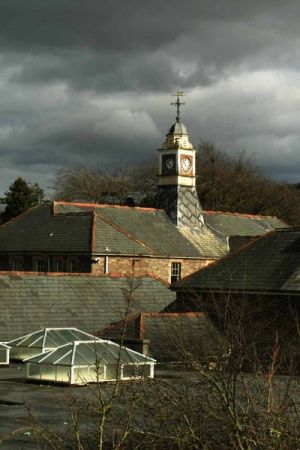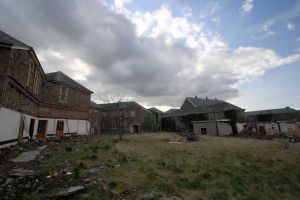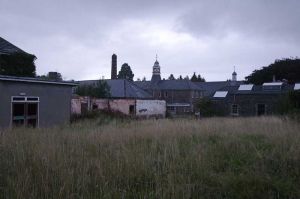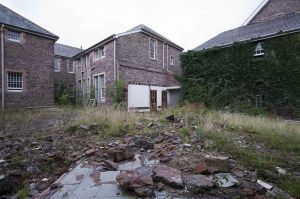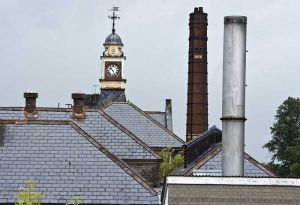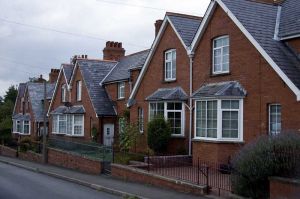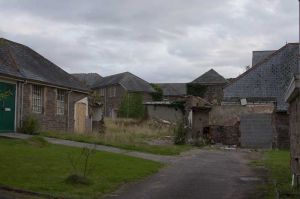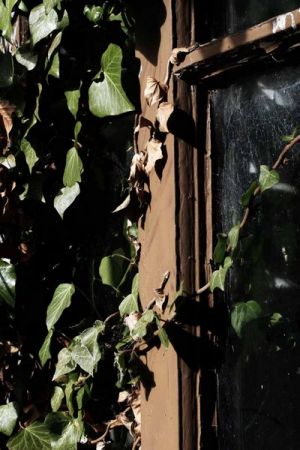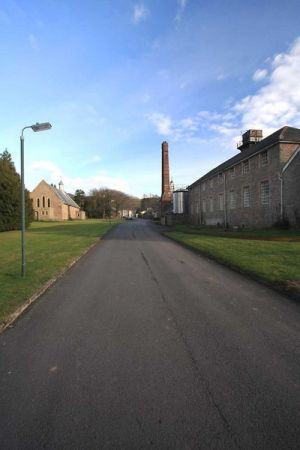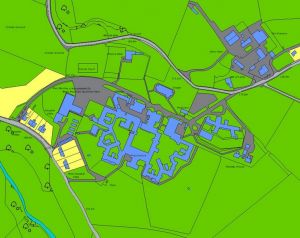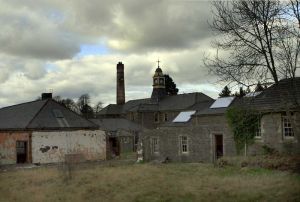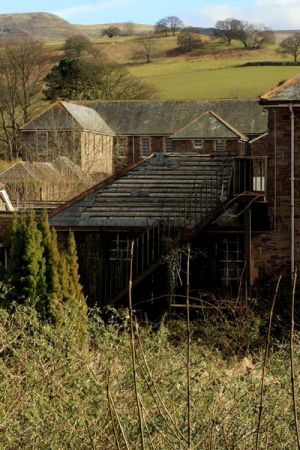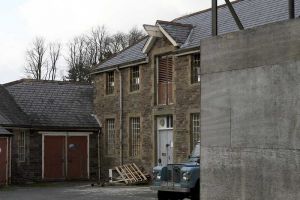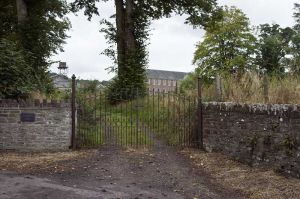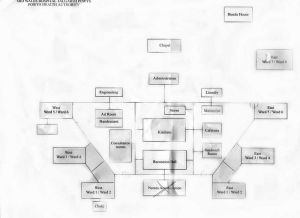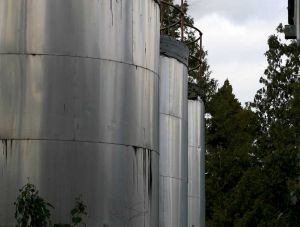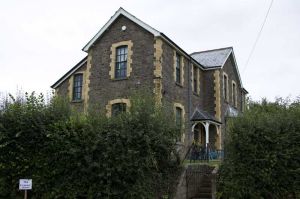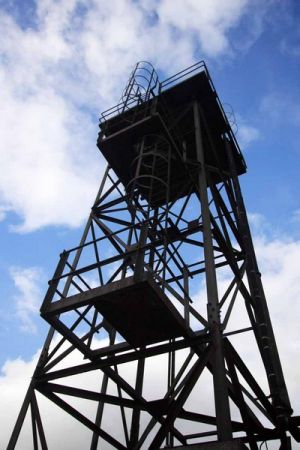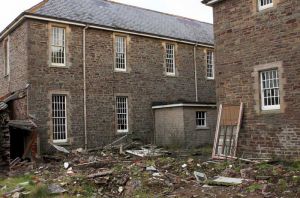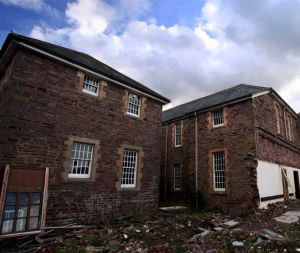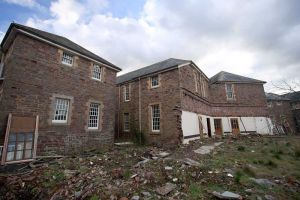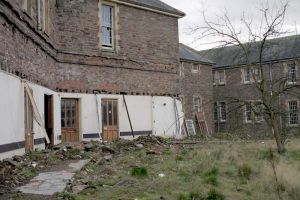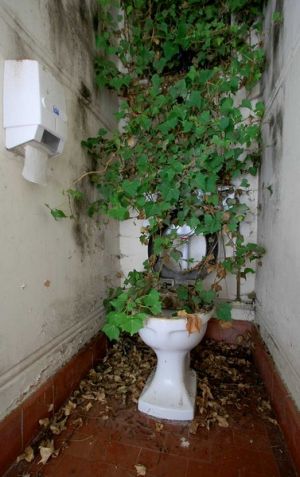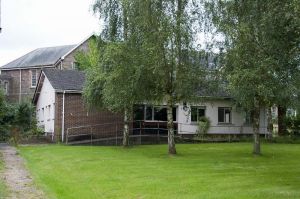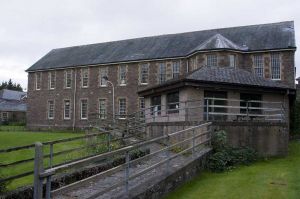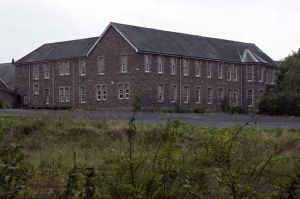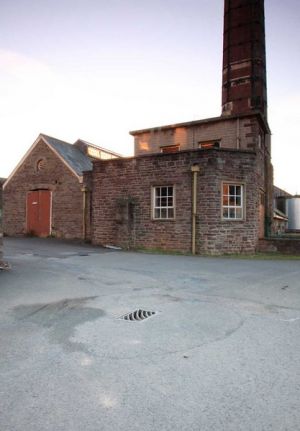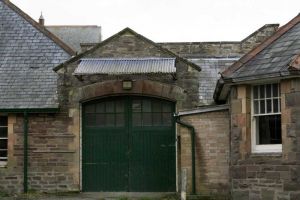The Mid Wales Hospital was officially opened on 22nd February 1903. It is of an echelon (compact arrow) style. This type was widespread in England and Wales and provided convenient access to most areas in what were huge structures. They could also be extended without operational problems.
The complex was built on an estate of 261 acres known as Chancefield.
The Mid Wales hospital was built to cater for 352 patients and in addition to the farm, service departments including a tailor, baker, shoe maker, printing shops, kitchen, laundry and church. There were market gardens which consisted of about 8 acres and an additional asset was a steam powered lorry, one of the first to be used in the area, which was mainly used to haul coal and other goods from the railway station in Talgarth.
The water supply was drawn from Pwll-y-Wrach waterfall and fed the hospital by gravity until 1970 when water was provided by the Water Board. The hospital also created its own electricity until 1961.
In April 1940, 315 beds were made available for military mental patients. Later during the war, the military section became a prisoner of war hospital. The war departments released most of their beds on 31st December 1946. In December 1955, the number of patients had reached 496 i.e. 25% overcrowded. Consequently Wards East 7 and 8 and an X Ray Department were added to cope with demand. A new treatment block was built in 1965 and an Occupational Therapy Department in 1971. The site was also home to the Mid and West Wales College of Nursing and Midwifery in later years.
In 1994 the total number of patients averaged 140 but 179 could be catered for. The services still available at this time (for both patients and the community) included treatments for the elderly mentally ill, rehabilitation and continuing care, occupational therapy, day care facilities, psychology, reflexology, physiotherapy, electro-convulsive therapy, chiropody and psychiatry. The Substance and Alcohol Misuse help centre was also based here.
With new health legislations coming into force in the 1980s/90s and ‘Care in the Community’ the hospital was wound down and the entire site closed for good in the mid 1990s. Some facilities moved into nearby Bronllys Hospital (formally South Wales Sanatorium). This is still open and run by the NHS Powys Local Health Board, whose Headquarters are also based here. Although there have been recent rumours of this hospital too closing.
As the main employer in the area, the town of Talgarth has suffered extensively since the closure. Hundreds of people lost their jobs through redundancy or early retirement. Many were transferred. Shops and businesses in the town closed and still there is a fight for the towns regeneration. In effect the town suffered the same affects as the mining towns of the South Wales Valleys.

